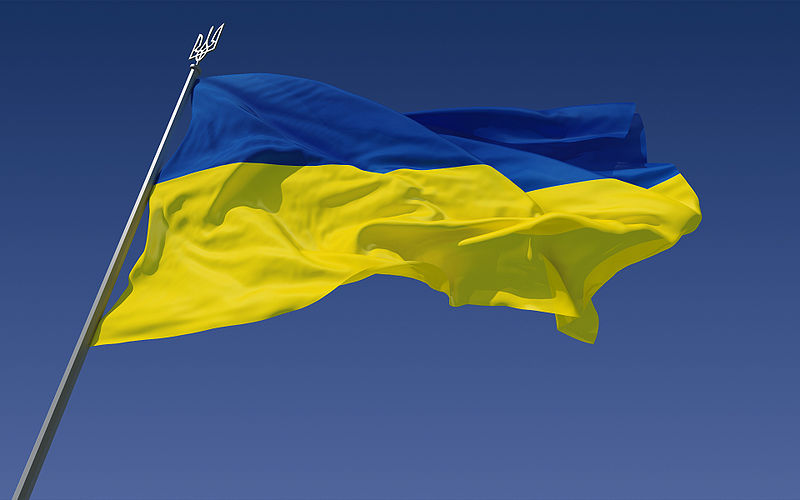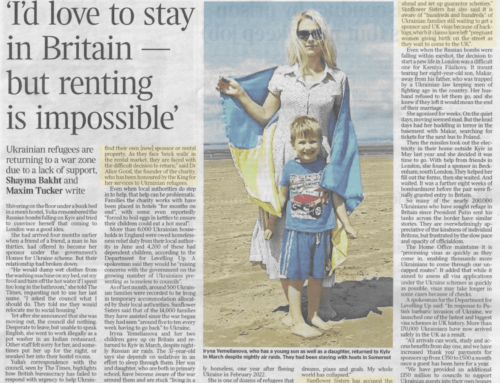Katharine Swindells https://citymonitor.ai/community/neighbourhoods/homes-for-ukrainian-refugees-england-small-villages
Since Russia’s invasion of Ukraine, the government’s unusual visa sponsorship scheme has seen Ukrainian refugees disproportionately moving to rural areas, creating communities and networks in England’s villages and small towns.
It’s been over six months since the start of the Russian invasion of Ukraine and millions of Ukrainian refugees have fled their homes, seeking safety in other countries. In March 2022, the UK government launched Homes for Ukraine, an unusual refugee scheme for the UK that allows prospective hosts to sponsor a visa for individual refugees and take them into their homes, granting them the right to work and access to benefits.
“Hosting has never been part of government policy, more or less since the Kindertransport in 1938/9,” says Sara Nathan, co-founder of charity Refugees at Home. “That was much smaller, only 10,000 children, and in that case, no funding was provided by the government.
“Homes for Ukraine marks a real change in policy from warehousing people in hotels or just ignoring the need of desperate people fleeing war – which still happens for refugees fleeing other conflicts.”
When the scheme was first announced, 100,000 hosts registered interest within the first day, though a much smaller number have actually become hosts, as the scheme requires them to find refugees themselves in order to be able to complete the application. As of 6 September 2022, 66,825 Ukrainians have arrived in England under the Homes for Ukraine scheme.
What’s notable is that Ukrainian refugees who have arrived through the scheme are disproportionately living in villages and small towns, rather than urban centres.
In Youlgrave, a village in the Derbyshire Dales with a population estimated around 1,000 people, has 21 Ukrainians living with eight sponsors, explains local Kate Fairchild, who is hosting a woman and her young daughter. At the local primary school, which usually has 70 children, there are now six Ukrainians.
In fact, among the ten local authorities that are hosting the most Ukrainians per capita, the top nine have a population density of fewer than 350 people per square kilometre. Only number ten on the list, Kensington and Chelsea, has a higher population density of 11,800 people per square kilometre according to the 2021 census.






Leave A Comment